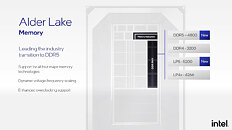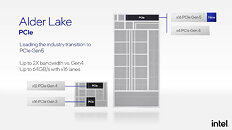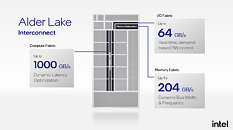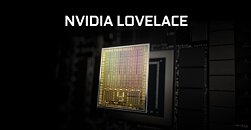
NVIDIA GeForce RTX 4090/4080 to Feature up to 24 GB of GDDR6X Memory and 600 Watt Board Power
After the data center-oriented Hopper architecture launch, NVIDIA is slowly preparing to transition the consumer section to new, gaming-focused designs codenamed Ada Lovelace. For starters, the source claims that NVIDIA is using the upcoming GeForce RTX 3090 Ti GPU as a test run for the next-generation Ada Lovelace AD102 GPU. Thanks to the authorities over at Igor's Lab, we have some additional information about the upcoming lineup. We have a sneak peek of a few features regarding the top-end GeForce RTX 4080 and RTX 4090 GPU SKUs. According to Igor's claims, NVIDIA is testing the PCIe Gen5 power connector and wants to see how it fares with the biggest GA102 SKU - GeForce RTX 3090 Ti.
Additionally, we find that the AD102 GPU is supposed to be pin-compatible with GA102. This means that the number of pins located on GA102 is the same as what we are going to see on AD102. There are 12 places for memory modules on the AD102 reference design board, resulting in up to 24 GB of GDDR6X memory. As much as 24 voltage converters surround the GPU, NVIDIA will likely implement uP9512 SKU. It can drive eight phases, resulting in three voltage converters per phase, ensuring proper power delivery. The total board power (TBP) is likely rated at up to 600 Watts, meaning that the GPU, memory, and power delivery combined output 600 Watts of heat. Igor notes that board partners will bundle 12+4 (12VHPWR) to four 8-pin (PCIe old) converters to enable PSU compatibility.
Additionally, we find that the AD102 GPU is supposed to be pin-compatible with GA102. This means that the number of pins located on GA102 is the same as what we are going to see on AD102. There are 12 places for memory modules on the AD102 reference design board, resulting in up to 24 GB of GDDR6X memory. As much as 24 voltage converters surround the GPU, NVIDIA will likely implement uP9512 SKU. It can drive eight phases, resulting in three voltage converters per phase, ensuring proper power delivery. The total board power (TBP) is likely rated at up to 600 Watts, meaning that the GPU, memory, and power delivery combined output 600 Watts of heat. Igor notes that board partners will bundle 12+4 (12VHPWR) to four 8-pin (PCIe old) converters to enable PSU compatibility.

















